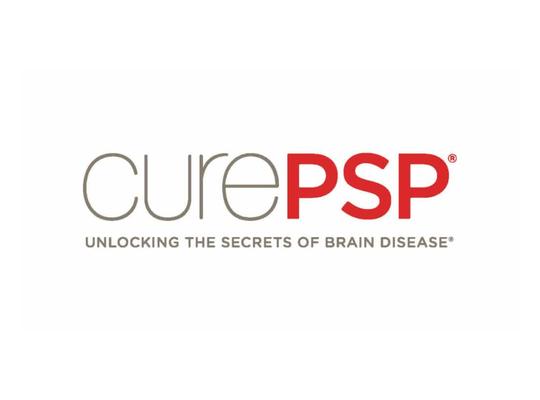New Criteria For PSP Diagnosis
May 25, 2017 By Lucas Metherall
New Diagnosis Criteria Established for PSP.

In a groundbreaking development, an international collaboration of neurologists and movement disorder specialists have convened to agree on a a revision of the previous PSP diagnostic criteria. CurePSP has worked closely with many of the collaborators involved, and is very excited about this new development.
“The new diagnostic criteria are a fundamental milestone in developing new therapeutic strategies for PSP. The evidence- and consensus- based revision of the guidelines will allow better and more precise diagnosis. CurePSP is proud to have supported this transnational collaborative approach by bringing together the world’s leading neurologists improving clinical diagnosis and treatment of PSP patients,” said Dr. Alex Klein of CurePSP.
The initiative sought to bring official criteria for diagnosing PSP up to speed with the clinical understanding of the pathology.
In 1996, a working group of the National Institute of Neurological Disorders and Stroke / Society for PSP (NINDS-SPSP), led by Irene Litvan, established clinical diagnostic criteria, which had been successfully used for clinical care and research into biology, diagnosis and therapy.
Over the past years, however, PSP has been increasingly recognized as an entity defined by its neuropathological distinctions, i.e. aggregates of 4R-tau isoforms in neurofibrillary tangles and tufted astrocytes, rather than by its clinical presentation. Along with this specification of the definition of PSP, numerous clinico-pathological studies have evidenced that the clinical spectrum of pathologically defined PSP is actually broader than initially thought. While postural instability and supranuclear gaze palsy have been considered so far as the core clinical features of PSP, variant clinical presentations have now been recognized ranging from predominantly extrapyramidal presentations to predominantly behavioral or cognitive presentations.
Furthermore, with disease-modifying therapies being developed, the need is becoming more urgent for defined criteria allowing an earlier diagnosis, before massive functional disability is present.
To read the study as published in the Movement Disorder Society on April 17, 2017, follow this link.
Join our email list
Get the latest news and resources
directly to your inbox.
Get the latest news and resources directly to your inbox.
Sign Up



